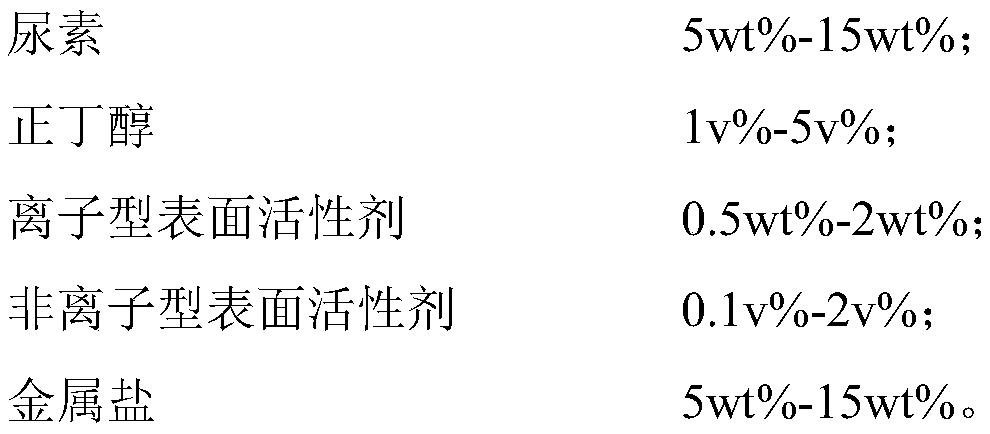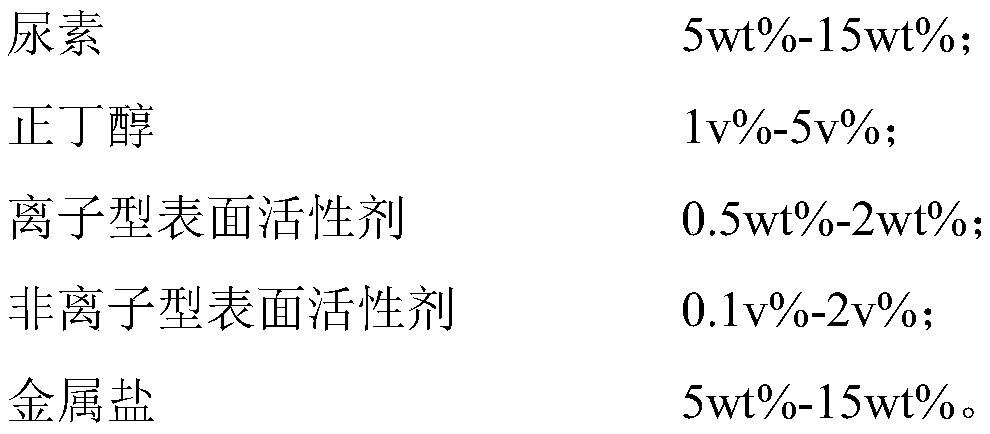Hepatitis C virus antigen-antibody joint inspection kit and application thereof
A hepatitis C virus, antigen antibody technology, applied in the field of immune detection, can solve the problem of detection sensitivity reduction, achieve the effect of improving detection sensitivity, reducing interference, and low detection cost
- Summary
- Abstract
- Description
- Claims
- Application Information
AI Technical Summary
Problems solved by technology
Method used
Image
Examples
Embodiment 1
[0131] Example 1: Preparation of a kit for joint detection of hepatitis C virus antigen and antibody
[0132] 1. Preparation of receptor-HCV antibody 1 (against the N-terminal epitope of HCV core antigen)
[0133] 1) Antibody treatment: HCV antibody 1 is dialyzed, replaced with coating buffer, and the protein concentration is measured.
[0134] 2) Receptor treatment: Replace the receptor with coating buffer through centrifugation, ultrasound and other processes;
[0135] 3) Coupling: The processed receptor and the processed HCV antibody 1 are mixed and reacted, and the receptor-HCV antibody 1 is obtained after reduction and blocking processes, and the volume is constant and stored with the preservation solution.
[0136] 2. Preparation of biotin-HCV antibody 2 (for the C-terminal epitope of HCV core antigen)
[0137] 1) Antibody treatment: HCV antibody 2 is dialyzed, replaced with a labeling buffer, and the protein concentration is measured.
[0138] 2) Labeling reaction: the processed HC...
Embodiment 2
[0160] Example 2: Screening of the concentration of each component of the treatment agent in the kit
[0161] The detection results in the following examples are the results of detection using LITA HT.
[0162] The treatment agent in the following examples is used to process the sample to be tested in the antigen well in the HCV Ag / Ab combined test. The other components in the antigen well are FG-HCV-Ab1 and Bio-HCV-Ab2 (two strains are directed against the HCV core antigen For monoclonal antibodies with different epitopes, one monoclonal antibody binds to the receptor, and the other monoclonal antibody binds to biotin). There are two ways to use the treatment agent, namely:
[0163] Usage 1:
[0164] 1) Mix the treatment agent with the sample to be tested in a volume ratio of 1:1, and incubate at 37°C for 30 minutes to obtain the processed sample to be tested;
[0165] 2) Take 25ul of the processed sample to be tested and add it to the microplate, then add 25ul of FG-HCV-Ab1 solution...
Embodiment 3
[0205] Example 3: Effect of HCV antigen-antibody joint test method
[0206] 1. The main components of the kit used are as follows:
[0207] Treatment agent: 10% urea, 3% n-butanol, 1% Triton114, 0.75% CTAB and 9% sodium chloride;
[0208] Receptor-HCV antibody 1: The receptor-HCV antibody 1 reagent prepared in Example 1, and the receptor-HCV antibody is diluted 1 to 50ug / ml with a luminescent reagent buffer;
[0209] Biotin-HCV antibody 2: The biotin-HCV antibody 2 reagent prepared in Example 1, and the biotin-HCV antibody is diluted 2 to 1 ug / ml with biotin buffer;
[0210] Receptor-HCV antigen 1: The receptor-HCV antigen 1 reagent prepared in Example 1, and the receptor-HCV antigen 1 to 30ug / ml is diluted with a luminescent reagent buffer;
[0211] Biotin-HCV antigen 2: The biotin-HCV antigen 2 reagent prepared in Example 1, and the biotin-HCV antigen is diluted 2 to 0.5ug / ml with a biotin buffer;
[0212] Sample diluent: PB buffer containing sodium chloride, calf serum, etc.
[0213] 2....
PUM
 Login to View More
Login to View More Abstract
Description
Claims
Application Information
 Login to View More
Login to View More - R&D
- Intellectual Property
- Life Sciences
- Materials
- Tech Scout
- Unparalleled Data Quality
- Higher Quality Content
- 60% Fewer Hallucinations
Browse by: Latest US Patents, China's latest patents, Technical Efficacy Thesaurus, Application Domain, Technology Topic, Popular Technical Reports.
© 2025 PatSnap. All rights reserved.Legal|Privacy policy|Modern Slavery Act Transparency Statement|Sitemap|About US| Contact US: help@patsnap.com



